
The latest image of the planetary nebula NGC 2371/2 released by NASA last week shows the remnants of a dying star.

A multinational research team has just caught the moment when there is a white dwarf
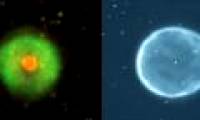
The team of astronomers at the Institute of Astrophysics in Andalucia (Spain) led by Martin Guerrero discovered a nebula
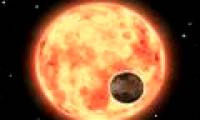
The team of scientists from the University of Florida (USA) has just published the research results on the Monthly Report section of the Royal Astronomical Society of England.
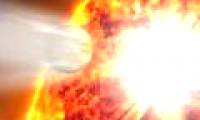
Before the Sun was fully enlarged and turned into a giant red star swallowing the Earth, human descendants may have migrated to other planets like Neptune.

Not the name of a star, that's the name of a star. Like humans, the planets' life is divided into three phases: young, middle-aged, old.

A recent observation using the Las Cumbres Observatory (LCO) has helped astrophysicists discover a new supernova explosion crashing into its companion star.

The researchers revealed how the gravitational pull of a white dwarf bends space and bends the light of a distant star behind it.

The North Star (SBC) is not the brightest star, but its brightness is only average. In the ranking of the brightest stars, SBC did not even reach the top 40 but only ranked 48th.

The bright red eye nebula image is in the sights of the Spitzer space telescope of the US Aerospace Agency.
 The latest image of the planetary nebula NGC 2371/2 released by NASA last week shows the remnants of a dying star.
The latest image of the planetary nebula NGC 2371/2 released by NASA last week shows the remnants of a dying star. A multinational research team has just caught the moment when there is a white dwarf
A multinational research team has just caught the moment when there is a white dwarf The team of astronomers at the Institute of Astrophysics in Andalucia (Spain) led by Martin Guerrero discovered a nebula
The team of astronomers at the Institute of Astrophysics in Andalucia (Spain) led by Martin Guerrero discovered a nebula The team of scientists from the University of Florida (USA) has just published the research results on the Monthly Report section of the Royal Astronomical Society of England.
The team of scientists from the University of Florida (USA) has just published the research results on the Monthly Report section of the Royal Astronomical Society of England. Before the Sun was fully enlarged and turned into a giant red star swallowing the Earth, human descendants may have migrated to other planets like Neptune.
Before the Sun was fully enlarged and turned into a giant red star swallowing the Earth, human descendants may have migrated to other planets like Neptune. Not the name of a star, that's the name of a star. Like humans, the planets' life is divided into three phases: young, middle-aged, old.
Not the name of a star, that's the name of a star. Like humans, the planets' life is divided into three phases: young, middle-aged, old. A recent observation using the Las Cumbres Observatory (LCO) has helped astrophysicists discover a new supernova explosion crashing into its companion star.
A recent observation using the Las Cumbres Observatory (LCO) has helped astrophysicists discover a new supernova explosion crashing into its companion star. The researchers revealed how the gravitational pull of a white dwarf bends space and bends the light of a distant star behind it.
The researchers revealed how the gravitational pull of a white dwarf bends space and bends the light of a distant star behind it. The North Star (SBC) is not the brightest star, but its brightness is only average. In the ranking of the brightest stars, SBC did not even reach the top 40 but only ranked 48th.
The North Star (SBC) is not the brightest star, but its brightness is only average. In the ranking of the brightest stars, SBC did not even reach the top 40 but only ranked 48th. The bright red eye nebula image is in the sights of the Spitzer space telescope of the US Aerospace Agency.
The bright red eye nebula image is in the sights of the Spitzer space telescope of the US Aerospace Agency.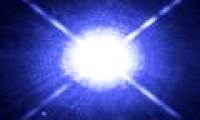
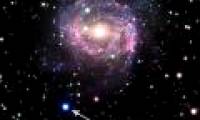
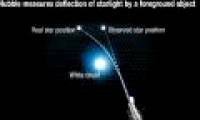
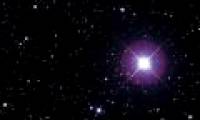

 NASA's 'Ninth Planet' Shows Signs of Being Friendly to Life
NASA's 'Ninth Planet' Shows Signs of Being Friendly to Life Why did American astronauts have to be quarantined when returning to Earth?
Why did American astronauts have to be quarantined when returning to Earth? China surprises the world by building a cable-stayed bridge 'above the clouds'
China surprises the world by building a cable-stayed bridge 'above the clouds' Why do women sleep less and wake up more than men?
Why do women sleep less and wake up more than men? Revealing the secret inside the stuffed animal claw machine, from there, summarizing experience to help you increase your winning rate many times over
Revealing the secret inside the stuffed animal claw machine, from there, summarizing experience to help you increase your winning rate many times over What would happen if you dug a hole through the Earth and jumped in?
What would happen if you dug a hole through the Earth and jumped in? Camera takes a photo that lasts 1,000 years
Camera takes a photo that lasts 1,000 years Was there nuclear war in ancient times?
Was there nuclear war in ancient times?